Are you shopping for ways to lower energy costs? A pellet stove might the solution. We shared about these stoves in a recent post, but here is a little more detailed information to help you decide if these stoves are right for you.
Energy Savings: Certified by the EPA, they can be a lone heating source, or a complement. Several states offer tax rebates, and some states, like New York, won’t charge tax for the new unit. Cost: Expect to pay $1000 to $5000 for the stove, plus $300 for a vent pipe or chimney liner. Unless you’re comfortable with doing your own installation, add $250 to $1000 in labor. Since the fans run on electricity, it’s wise to invest in a battery backup, which costs about $300.It costs less than oil or electricity, but natural gas is less expensive. However, if you’re already supplementing with a fireplace, switching to wood pellets will save money.
Safety: The following tips are important for safe operation.- Freestanding stoves must sit at least 1-3 inches away from the back wall and 6-7 inches from sidewalls. Furniture should be 36 inches away.
- The exhaust vents must be tightly sealed to keep waste gases from polluting the home.
- The stove needs a noncombustible surface, like a stone insert. The pad needs to be at least 6 inches larger than the unit.
How it Works
Your stove’s many parts work together efficiently to provide the heat you need.
- Heat Exchange Tubes - Sends heat into the room
- Hopper - Stores pellets until they’re fed into the fire
- Convection Fan - Drives the warm air through the heat exchange tubes, and into the room
- Burn Pot - Where pellets are burned
- Augur - Feeds pellets into the fire
- Ash Pan - Collects ash
- Grille - Allows air from the outside to feed the fire
- Intake Vent - Pulls the air into the burn chamber
- Exhaust Vent - Removes waste gases
- Combustion Fan - Draws in air and sends smoke through exhaust vent
Subscribe to Quarve Contracting's Blog


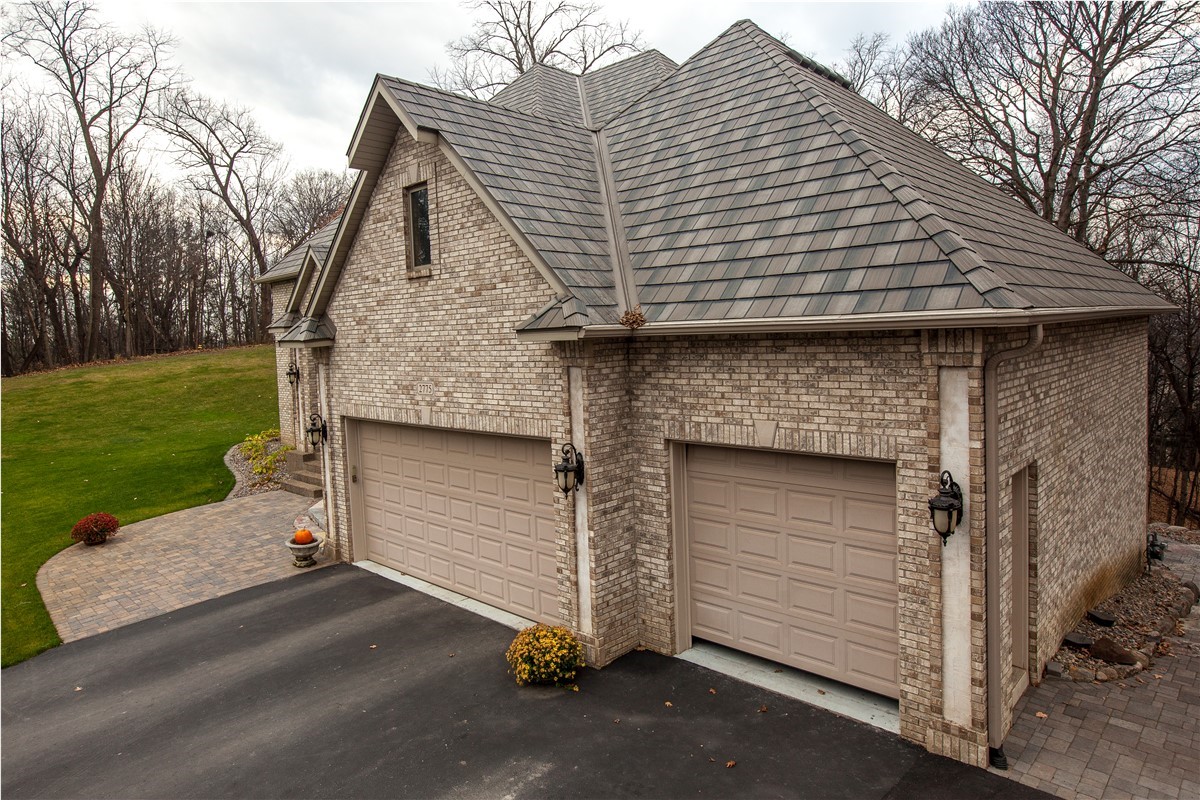
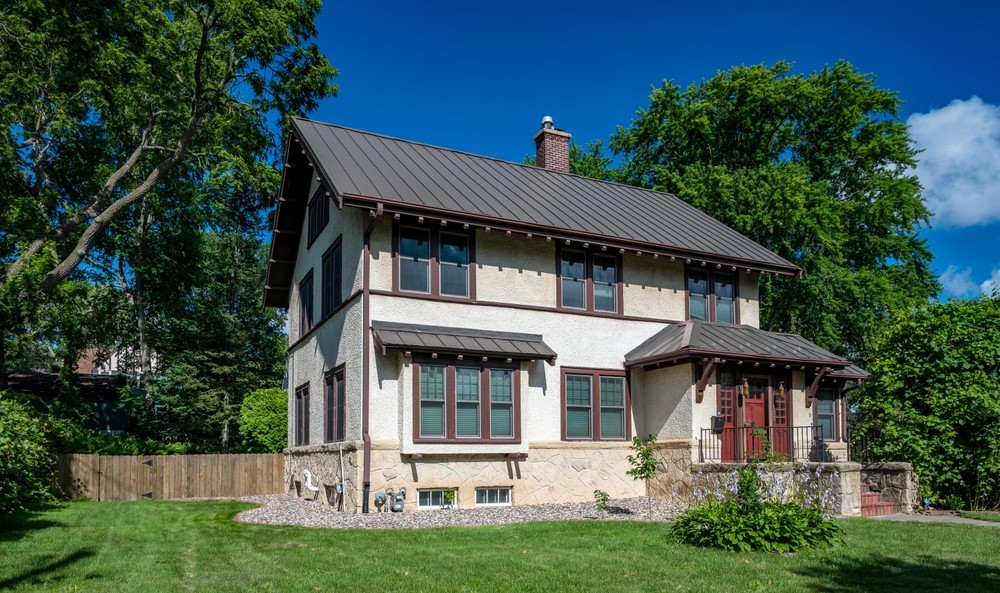
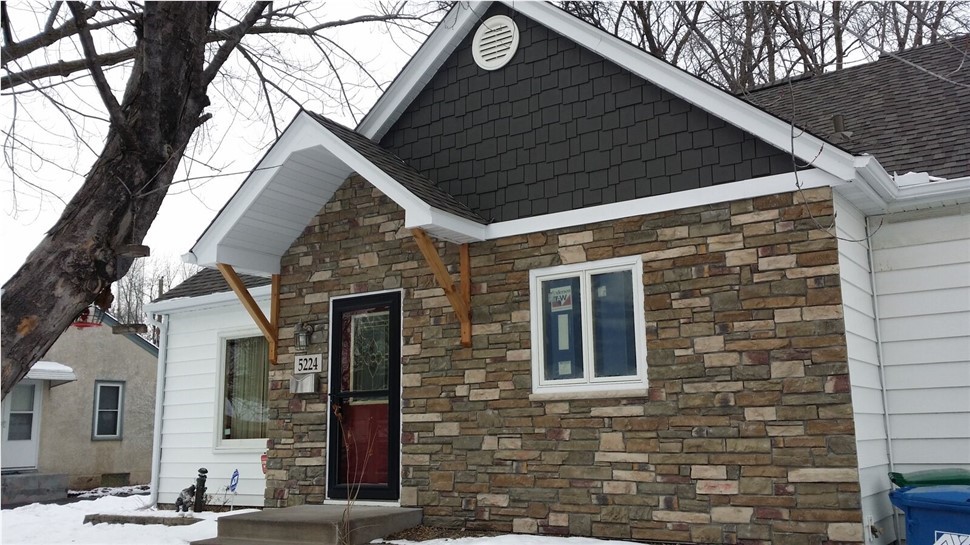
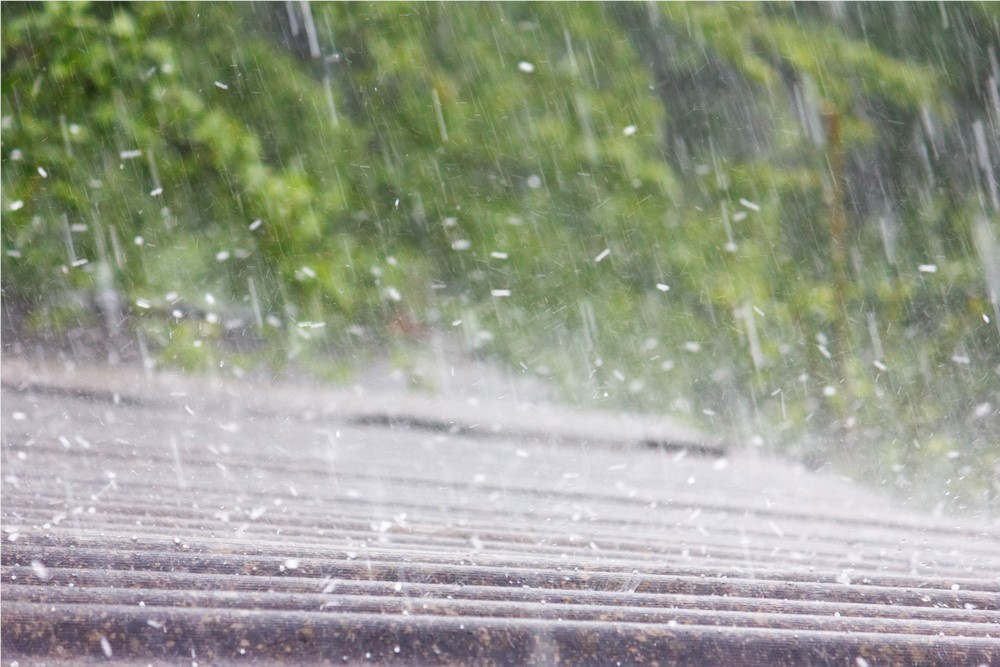
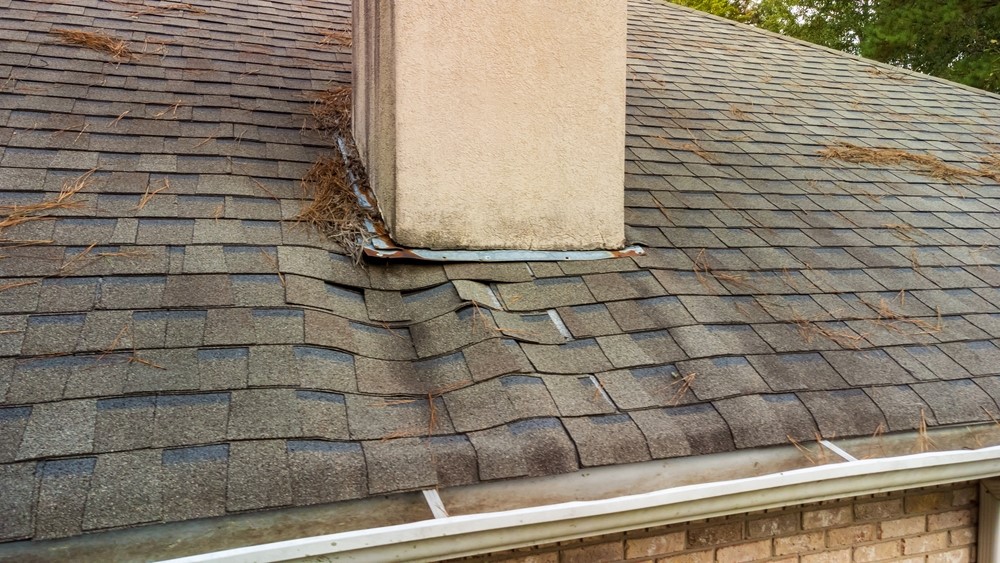
Comments